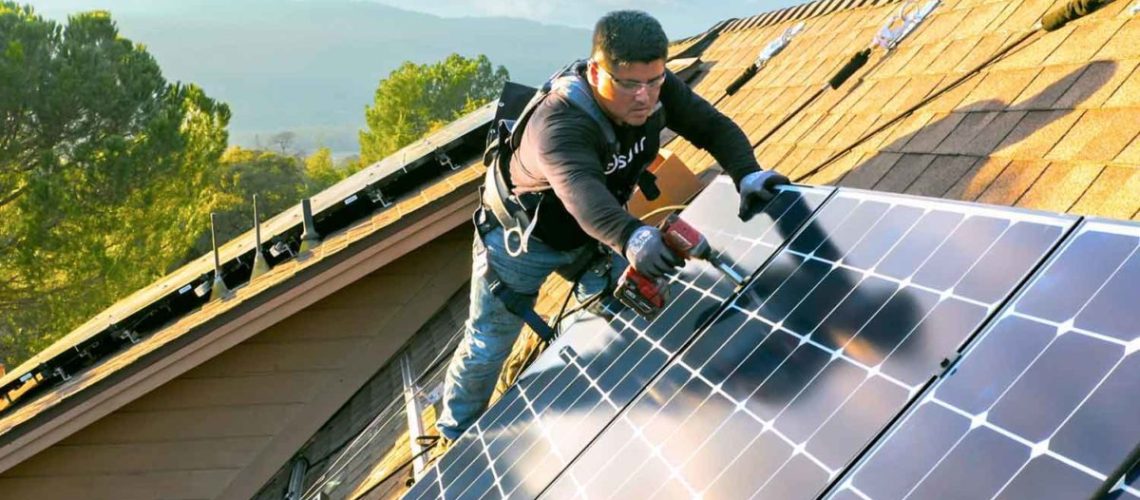Oregon has enabled more solar on each distribution circuit by setting smart inverter requirements, and has made it easier for export-limiting distributed storage projects to receive interconnection approval.
Solar and storage connected to Oregon’s distribution grid will be required to use smart inverters that meet the global standard for inverters known as IEEE 1547-2018, starting this June.
The requirement will enable Oregon’s grid to “accommodate more renewable energy with fewer costly upgrades,” said Radina Valova, regulatory vice president for the Interstate Renewable Energy Council. IREC joined utilities and regulators in workshops that led to the requirement.
Oregon also recognized that distributed storage projects may be designed with export-limiting capability, and has established approved methods for projects to control power export, and new interconnection review processes for such projects.
In areas where export-limiting capability is not recognized, distributed storage projects may face barriers to interconnection because review processes may be based on inaccurate assumptions about how the systems will operate, IREC said in a statement.
New Mexico has also recognized export-limiting capabilities of distributed storage and updated its interconnection process for such projects, with regulators saying they drew on some provisions recommended in IREC’s “BATRIES” report.
States that have already adopted the IEEE smart inverter standard, according to IREC, include Hawaii, California, New Mexico, Maryland, New York and Massachusetts, while in some other states, individual utilities have adopted the IEEE standard.
Without the use of smart inverters, each new solar installation on a distribution circuit would slightly increase the circuit’s voltage, which ultimately would require a circuit upgrade or a limit on new solar. But smart inverters can sense conditions on the circuit and regulate a resource’s voltage to support grid stability.
California and Hawaii have required smart inverters for several years, with good results.
Smart inverters that meet the IEEE standard can be set to a variety of voltage regulation settings. Oregon has required utilities to determine by June the voltage regulation settings for smart inverters to be used in their respective service areas.
IREC Regulatory Program Engineer Midhat Mafazy expects that “some form of voltage regulation will be activated by default,” based on IREC’s discussions with utilities as it participated in the workshops that led to Oregon’s requirements.
In Hawaii, thanks to that state’s smart inverter settings, Sunrun Policy Director for Grid Solutions Steven Rymsha said in 2021 that most customers in the state could “instantly interconnect” new solar despite high levels of solar already on distribution circuits.
Hawaii achieved this result by requiring the smart inverter setting known as volt-var for all new distributed solar, with the option for customers also to activate the volt-watt setting if the utility would otherwise require a study and circuit upgrades. Each setting works to keep voltage stable on distribution circuits as more solar is added.
Rymsha said that other states could follow Hawaii’s lead when evaluating smart inverter requirements, noting that delays in setting requirements could lead to “wasted infrastructure.”



